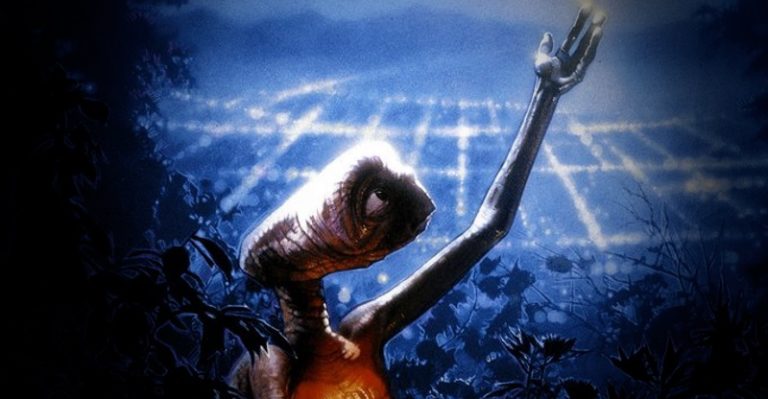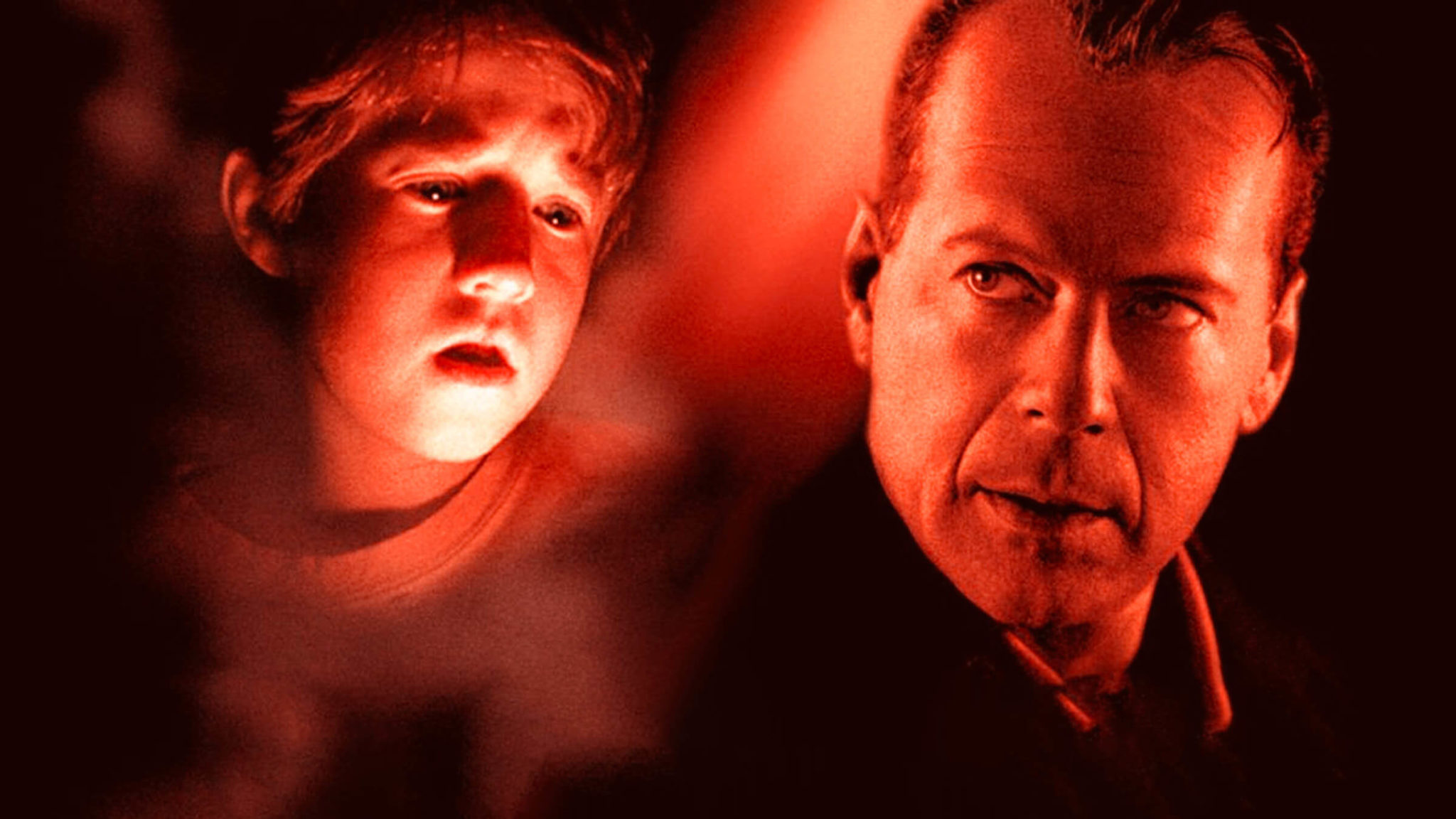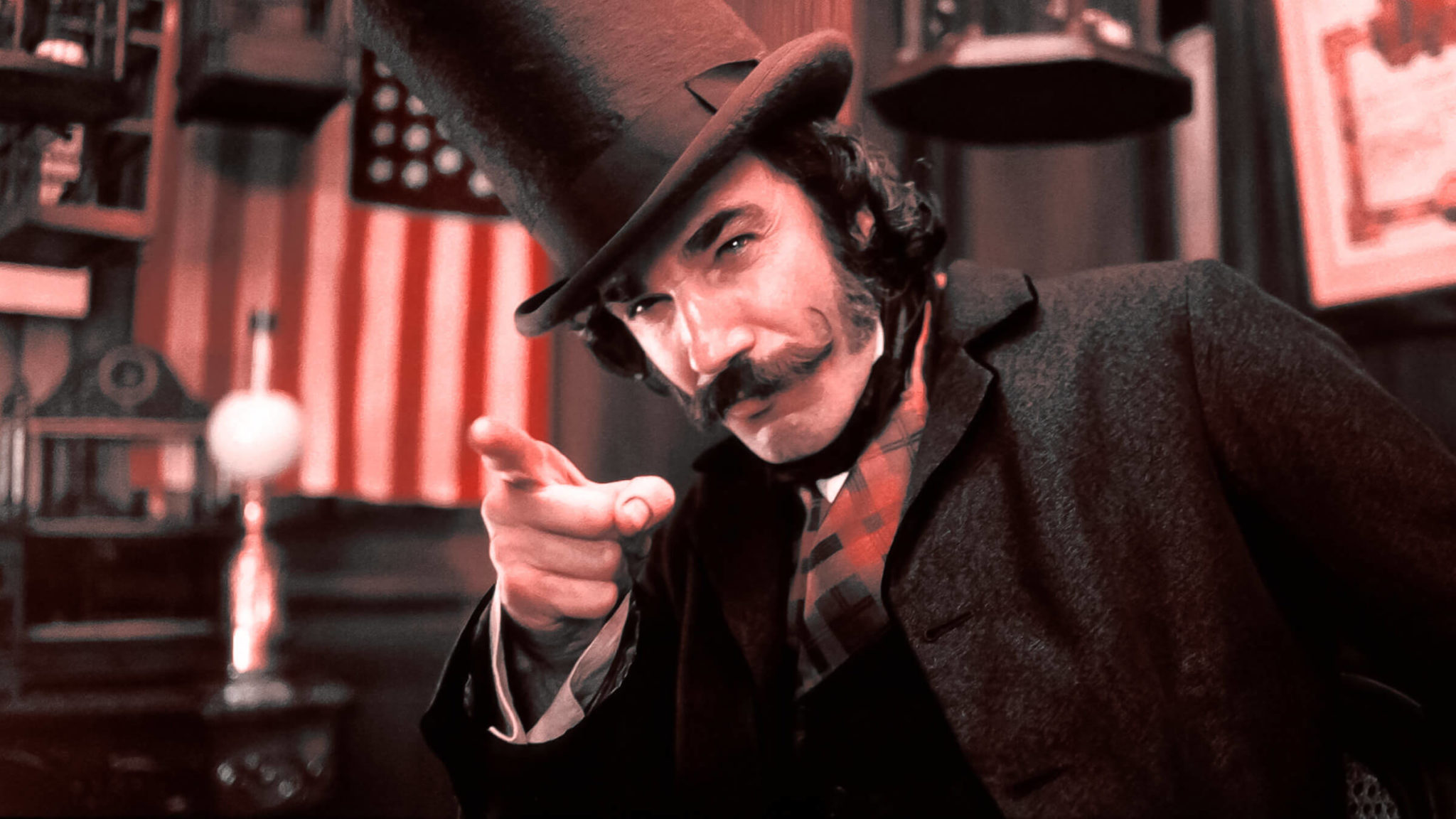3 Spielbergian Ways Screenwriters Can Introduce Their Characters

How can screenwriters introduce their characters in a way that creates a memorable first impression?
Entertain the Elk's YouTube post Spielberg: How to Introduce Characters introduces two creative and cinematic ways to create amazing first impressions for your protagonists, antagonists, and villains. We elaborate on those points and also take it a step further by adding a third Spielbergian method that has proven to be effective in Steven Spielberg's films, as well as many others outside of his filmography.
Introducing characters within screenplays is an undervalued art in of itself. It's important to develop those cinematic moments with much thought because those first impressions are vital to the audience's engagement with your characters and your stories. How you write those moments can often determine how engaged the audience will be. You want to trigger their interest and compel them to keep watching — or to keep reading in the context of submitting your scripts to Hollywood for consideration.
Read More: 'The Fabelmans': How Steven Spielberg Uses Filmmaking to Cope
1. Action
The tried and true adage of screenwriting — show, don't tell — is vital to the success of any screenplay. It's a visual medium. Screenplays don't have the luxury of going into literary detail of exposition and explanation — or at least they shouldn't.
Antagonists and villains should never outright tell the audience that they are scary and a threat to be reckoned with. Their actions and reactions are what genuinely define those elements.
Read ScreenCraft's 15 Types of Villains Screenwriters Need to Know!
The Shark in Jaws obviously never spoke a word when it was introduced, but we also never heard any characters talking about how dangerous or menacing it was before we witnessed the carnage that it could create. A lesser script would have had a buildup of Brody finding a body and later discovering that the death was due to a shark — then leading to an investigation which would bring in an expert Marine Biologist and a cunning fishing boat captain.
Instead, the film opens with the action of the villain in the film.
In the non-Spielberg film No Country for Old Men, one of the greatest screen villains — Anton Chigurh — showcases that he is a menacing force to be reckoned with through action.
And from those horrific moments on, his actions continue to engage the audience. We know what he is capable of, so every moment that he is onscreen, we're engaged as we wonder what horrible things he is going to do next. This knowledge that we attained from the character's introduction creates anticipation. And anticipation in any scene in any genre is what drives amazing storytelling.
This works for the protagonist as well.
Indiana Jones was introduced subtly in Raiders of the Lost Ark (see below) until a moment of action proved that this adventurer was a force to be reckoned with himself.
Immediately following that moment, his actions portray the essential elements of his character. He's a man of knowledge, strength, ability, and survival.
No matter what genre you're writing in, introducing a protagonist, antagonist or villain has to be memorable. That first impression is what will draw a reader or audience into your story.
2. Fraction
Spielberg often uses another type of introduction in his films — fraction — which consists of bits and pieces of visuals and information that peek our interest through a little mystery and intrigue.
It can be a piece of wardrobe, a weapon, some other type of item, or a particular action, all of which are presented in fragments. It forces the reader or audience to wonder what these visuals have to do with the character being introduced or the upcoming story.
The opening to Raiders of the Lost Ark accomplished this before Indiana made that fateful action when a threat was present. We see brief images and actions of him as the credits roll. We see this faceless figure with a map, following clues, examining darts, and with men following him as they anticipate his every move.
E.T. introduced the title character through this method. We learn so many of the key details of this character through that opening. Features that are intriguing and explained later on in the story. We see images of the ship, its contents, additional aliens, and even character elements of E.T. being kind and gentle.
The film also introduced the key antagonist — referred to only as Keys in the opening of the script — by featuring only the keys dangling from his waistline as he tracks down the friendly alien.
The opening of Schindler's List uses fractions of the character to showcase character elements that will come into play later on in the story until Schindler's face is finally revealed.
We see his expensive wardrobe, his suits, his ties, his cufflinks, his money, his cigarettes, and finally his Nazi pin, all of which are specific to the character we are about to meet. We also notice the reactions of the people around him, accompanied by his action of tipping to get his own table as those around him stare at him in adoration. This is all accomplished before we even see his face.
This method is especially effective with antagonists, villains, and overall threats as well.
There is a true buildup to the reveal of the T-Rex in Jurassic Park. The dinosaur doesn't just appear in full frame at first. In fact, we don't even see any visual elements to hint at its presence. Instead, we see the result of an action.
The raptors in the same film are never seen when they are first introduced. It is the fraction of their action that resonates with audiences. The unknown.
And speaking of the unknown — in the context of antagonists, villains, and threats — Jaws proves that with these types of characters, the less we see of them, the more horrifying they are because of the audience's imagination, curiosity, and wonder.
In the opening, we never even really see the shark. And then throughout the whole film, we only see various fractions of the threat (initially due to the production difficulties in presenting it well onscreen). The use of the barrels was an ingenious decision in creating tension and suspense.
The Hitchcock film Psycho accomplishes the same effect by never showing the killer's true identity until the end. In the famous shower scene, we only get to see a fraction of the murderer.
Skeptics may point out that using fractioning as a screenwriting method may fall under the umbrella of directing a scene, which is a rightfully "forbidden" screenwriting practice.
Read ScreenCraft's What You Are NOT Responsible for as a Screenwriter!
The thing to remember is that when you are writing on spec, you need to pay specific attention to offering the reader a cinematic experience. Stipulating fraction visuals within your screenplay to creatively and cinematically introduce your characters is not the same as dictating angles, camera motions, and other directions throughout a screenplay.
You're doing it for a specific effect that is partial to the character and story.
3. Chain Reaction
Chain Reaction is our addition to these featured Spielbergian ways of introducing your characters within your scripts.
Sometimes your character introductions don't have to utilize action or fraction. Sometimes you just want to introduce them in their own ordinary and otherwise dull world. And sometimes those worlds aren't action-packed, exciting, intriguing, or mysterious.
But there's still a way you can engage the audience.
After the iconic Jaws opening scene (see above), we cut to the regular life of Brody waking up. He's in his house. He's having coffee. He has some character-revealing small talk with his wife. Nothing exciting.
The chain reaction effect is in play though. We've just watched a girl get eaten by an unseen force of nature beneath the ocean surface. The next visual we see is Chief Brody in his otherwise regular world that is about to suffer a chain reaction from the opening events. This effect leaves audiences wondering how this everyman character is going to deal with the threat that was just witnessed moments before.
That's engaging. How is this old, tired Chief that hates the water going to defeat this unseen monster?
In Close Encounters of the Third Kind, we witness air traffic controllers confronting an Unidentified Flying Object.
From that suspenseful moment, the film cuts to Roy and his family in their everyday routine. He's a suburban husband and father, living in an average house and dealing with normal "conflicts" of disciplining his children and trying to figure out what they're going to do that night.
The chain reaction effect is in play in the audience's mind as we wonder how this normal, average character is connected to a possible UFO.
That's engaging.
In E.T. we are introduced to the title character within an engaging sequence and then watch as he escapes into the night lights of suburbia. From that moment, we cut to deep within that suburban landscape and are introduced to Elliott, his brother, his sister, his brother's friends, and his mother, all of whom will be showcased in the fantastical adventure to come. They as characters are living their normal life dealing with sibling rivalry and parenting.
The chain reaction effect is in play as we wonder how these characters are going to be connected to this alien and those chasing after him.
And then with each of these films we see the character being introduced to the chain reaction of the opening event.
Brody is called out to investigate a disappearance and possible drowning (the girl that was attacked by the shark in the opening).
Roy is called into action by his job after a citywide power outage. Soon after, he has his own close encounter that launches him into the concept that was introduced in the opening of the film.
Elliott is called out to retrieve the pizza and hears something in the backyard.
The adventure begins for each of those characters. The audience witnesses the chain reaction of the opening sequence.
When you create engaging opening scenes that either introduce the concept or the antagonist, villain, or threat, you can then introduce the characters in their normal worlds with the applied expectation that the reader or audience will experience as they invest themselves into discovering how these otherwise normal characters are going to be involved.
These three types of character introductions — often found in the films of Steven Spielberg but used well beyond them as well — offer screenwriters creative and cinematic ways to introduce their characters and engage readers and audiences alike.
Ken Miyamoto has worked in the film industry for nearly two decades, most notably as a studio liaison for Sony Studios and then as a script reader and story analyst for Sony Pictures.
He has many studio meetings under his belt as a produced screenwriter, meeting with the likes of Sony, Dreamworks, Universal, Disney, Warner Brothers, as well as many production and management companies. He has had a previous development deal with Lionsgate, as well as multiple writing assignments, including the produced miniseries Blackout, starring Anne Heche, Sean Patrick Flanery, Billy Zane, James Brolin, Haylie Duff, Brian Bloom, Eric La Salle, and Bruce Boxleitner. Follow Ken on Twitter @KenMovies
For all the latest ScreenCraft news and updates, follow us on Twitter, Facebook, and Instagram.
Tags
Get Our Screenwriting Newsletter!
Get weekly writing inspiration delivered to your inbox - including industry news, popular articles, and more!

























